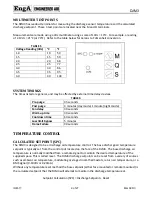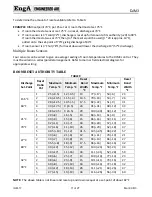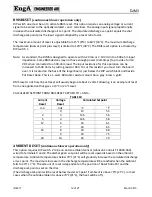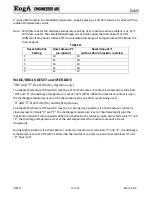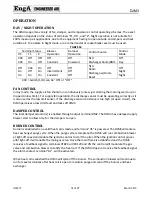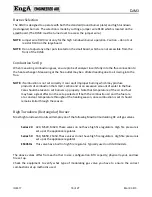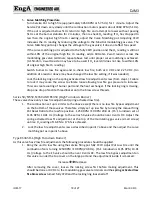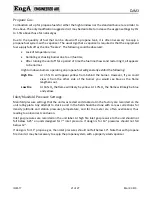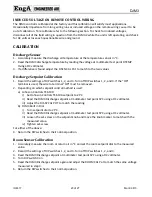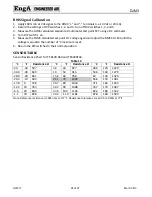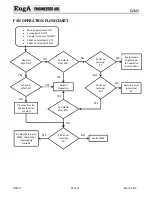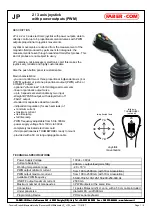
A
DJM3
IOM-17
21 of 27 Mar 99 R3
Propane Gas
Combustion set up for propane fuels for either the high turndown or the standard burner are similar to
the above. The only modification suggested is it may be desirable to increase the oxygen settings by 1%
to 1.5% above those for natural gas.
Due to the quantity of fuel that can be drawn off a propane tank, it is often necessary to equip a
propane fuel system with a vaporizer. The usual sign that a vaporizer is required is that the equipment
fuel supply falls off as the line “freezes”. The following could be observed:
Lack of temperature rise,
Rumbling or shaking burner due to air/fuel mix,
After turning the unit off for a period of time the fuel line thaws and restarting it, all appears
to be normal.
High turndown burners operating on propane fuel will generally exhibit the following:
High Fire
At 3.5% O
2
will appear yellow from behind the burner. However, if you could
view it from the other side of the burner you would see blue as the flame
lengthens out.
Low Fire
At 16% O
2
the flame will likely be yellow. At 17% O
2
the flame will likely be blue
and yellow.
Inlet/Manifold Pressure Settings
Manifold pressure settings that the unit was tested and clocked at in the factory are recorded on the
unit rating plate. Any attempt to clock a unit in the field should be done with care as corrections for
density (altitude and station pressure), temperature, and for the meter are often overlooked, thus
leading to an incorrect conclusion.
Inlet gas pressures are recorded on the unit label. At high fire inlet gas pressure to the unit should not
fall below 6.25" on units designed for 7" inlet pressure. If design is for 14" pressures should not fall
below 12".
If design is for 11" propane gas, then inlet pressures should not fall below 10". Note that with propane
fired units it may be necessary to equip the propane system with a properly sized vaporizer.



